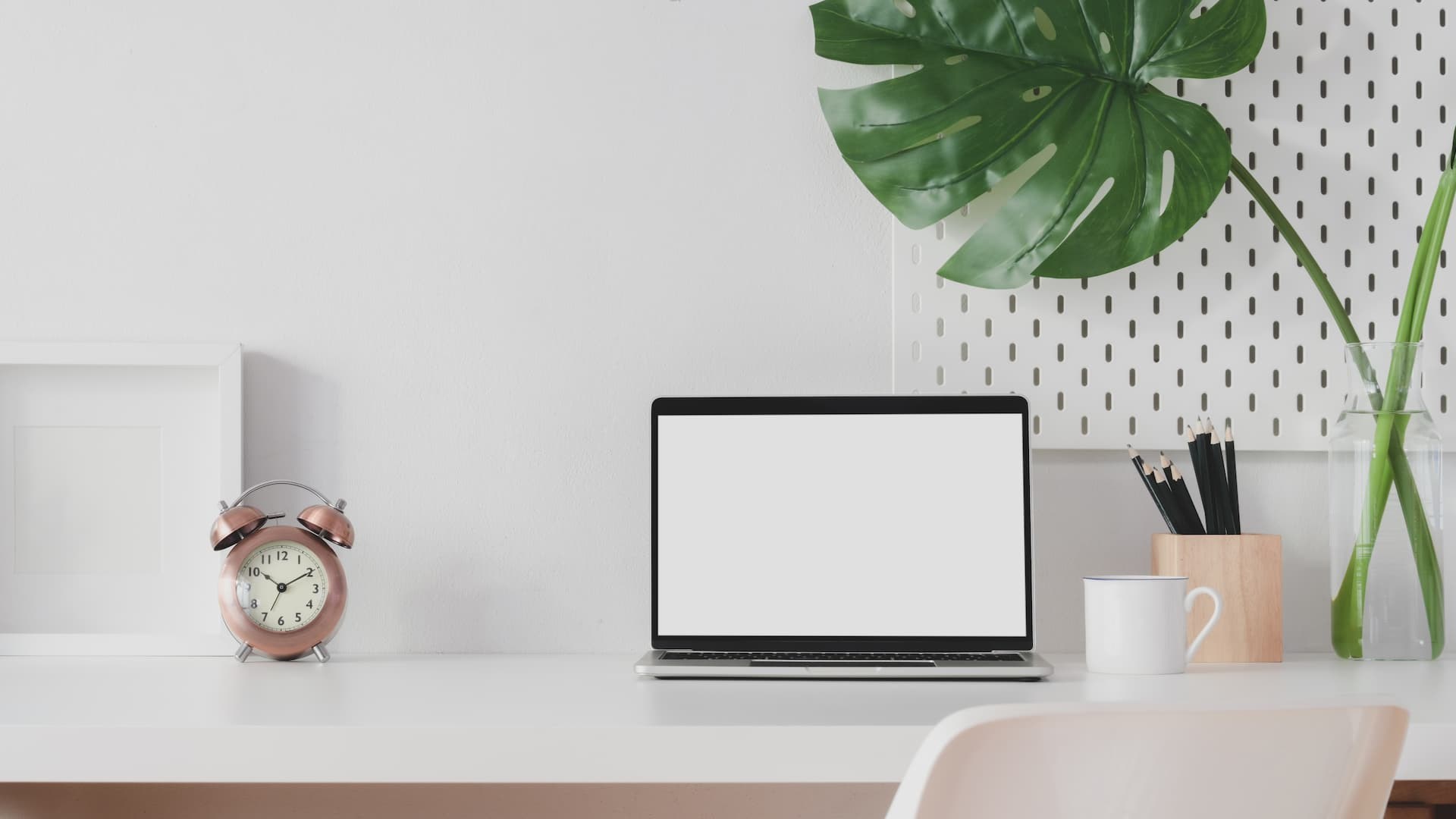Understanding Minimalism: Strategies for Reducing Clutter and Enhancing Clarity in Everyday Living
Minimalism is significantly recognized as a practical method to improving clarity and emphasis in today's messy world. By systematically evaluating our possessions and prioritizing intentionality, we can create areas that not only show our worths however likewise advertise mental well-being.
Specifying Minimalism and Its Advantages
Defining minimalism includes comprehending it as a lifestyle option that highlights simpleness and intentionality in both physical possessions and everyday routines. At its core, minimalism encourages people to prioritize what really matters, enabling a more significant and concentrated presence. By removing the non-essential, minimalism invites individuals to involve deeply with their environments and experiences.
The benefits of taking on a minimalist strategy are diverse. It fosters psychological clearness, as decreasing clutter in one's setting can lead to reduced diversions and stress. When bordered by fewer ownerships, individuals commonly report boosted concentration and boosted productivity. Minimalism promotes economic liberty; by prioritizing demands over desires, individuals can make even more educated acquiring decisions, leading to potential cost savings and minimized financial debt. A minimalist lifestyle can produce psychological advantages, as it motivates people to cultivate gratitude for what they have instead than yearning for a lot more.
Ultimately, minimalism is not simply concerning material reduction but includes an all natural change in perspective, promoting a life defined by purpose, gratification, and balance. Welcoming this way of living can bring about profound changes in exactly how people interact and perceive with the world around them.
Examining Your Existing Mess
Mess typically materializes as a frustrating buildup of items that no longer serve a purpose, producing a barrier to attaining a minimal lifestyle. Take note of particular classifications of things, such as clothing, publications, or cookware, as this will certainly help you comprehend the range of the mess.

Furthermore, consider the regularity of usage for each and every thing. If something has actually not served a function in the previous year, it may be a candidate for removal. This assessment will certainly not just clarify your relationship with your properties however will additionally set the structure for efficient decluttering in the future. Inevitably, understanding your current clutter is an essential step towards accepting minimalism and improving quality in your daily living.

Practical Decluttering Methods
Having examined your present clutter, the following step is to execute useful decluttering techniques that help with an even more organized living space. Minimalism. One reliable method is the "Four-Box" technique, where you assign four boxes classified: maintain, contribute, garbage, and relocate. This technique encourages fast decision-making and ensures things are see here now categorized suitably
Another approach is the "One in, One out" guideline, which states that for every single new item gotten, an existing product needs to be gotten rid of. This principle aids keep equilibrium and website here protects against build-up in time. Additionally, consider the "30-Day Minimalism Game," where you remove one thing on the first day, 2 on the 2nd, etc, cumulatively cultivating a sense of achievement.
Limit on your own to a specific number of valued items, permitting you to appreciate their relevance without overwhelming your space. By employing these techniques, you can create an extra peaceful and effective living room, ultimately boosting clearness in your everyday life.
Creating Intentional Areas
Producing deliberate areas includes a thoughtful technique to how we style and arrange our environments, guaranteeing each location offers a particular purpose and mirrors our values. This method is essential in cultivating a sense of clarity and purpose in our day-to-days live. By seriously examining the feature of each area, we can eliminate distractions and improve our general health.
To create intentional areas, begin by recognizing the key activities that will occur in each location. A home workplace must be made to foster productivity, integrating aspects such as appropriate lights, comfy furniture, and marginal disturbances. In contrast, a leisure location should advertise harmony, including comforting shades and comfy seating.
Additionally, consider the emotional impact of your environments (Minimalism). Integrating personal products that reverberate with your worths, such as art work or plants, can improve the connection to your room. Routinely assess these atmospheres to ensure they proceed to serve their intended function as your demands advance
Inevitably, producing deliberate rooms is concerning making mindful options that straighten with your way of living, advertising harmony and effectiveness in your living and functioning atmospheres.
Keeping a Minimalist Way Of Thinking
Embracing a minimal state of mind requires ongoing reflection and intentionality in our thoughts and actions. Establish aside time to review your commitments, ownerships, and even electronic material, ensuring they visit this website straighten with your core principles.
One more key technique is to practice gratitude. Recognizing what you currently possess fosters contentment and minimizes the need for excess. This shift in perspective encourages recognition for simpleness, improving overall health. Integrating mindfulness techniques, such as reflection or journaling, can additionally enhance a minimalist frame of mind by advertising clearness and decreasing psychological clutter.
Furthermore, establish borders to shield your energy and time. Discover to state no to non-essential commitments and distractions that do not add to your individual development. Border yourself with like-minded individuals who sustain your minimalist journey, as shared worths can improve inspiration and liability.
Conclusion
To conclude, embracing minimalism offers significant advantages, consisting of lowered clutter and enhanced quality in everyday life (Minimalism). By methodically evaluating ownerships and applying sensible decluttering techniques, people can create willful spaces that cultivate mindfulness and appreciation. Preserving a minimalist way of thinking needs recurring analysis and commitment to simpleness, inevitably bring about an extra concentrated and satisfying lifestyle. The concepts of minimalism function as useful devices for cultivating an environment that sustains individual development and well-being.

In addition, consider the "30-Day Minimalism Video Game," where you eliminate one item on the initial day, two on the 2nd, and so forth, cumulatively cultivating a feeling of success.
In verdict, welcoming minimalism provides considerable benefits, consisting of lowered mess and enhanced clearness in everyday life.